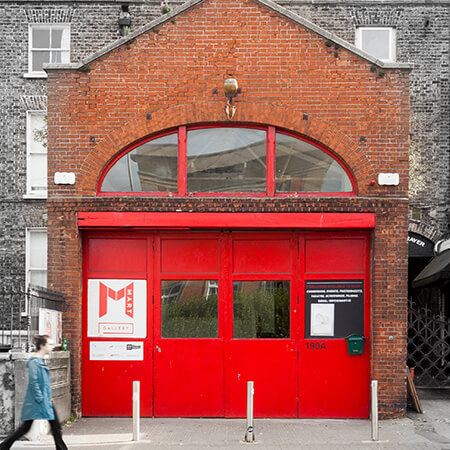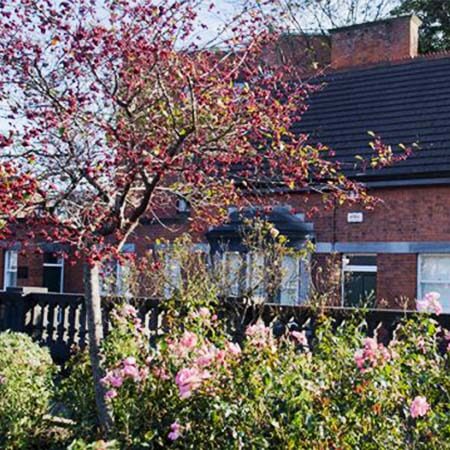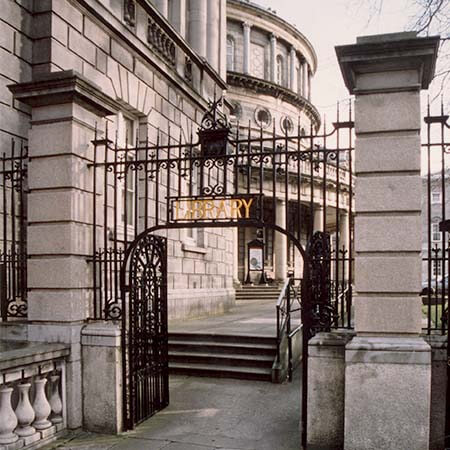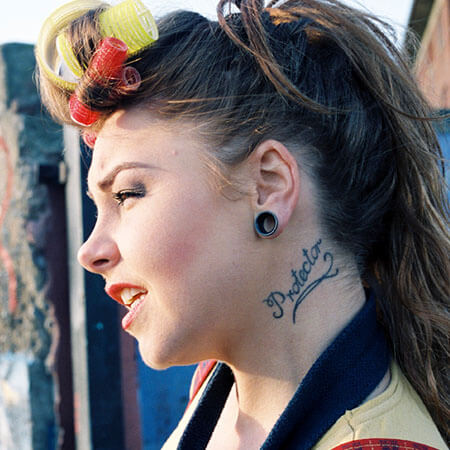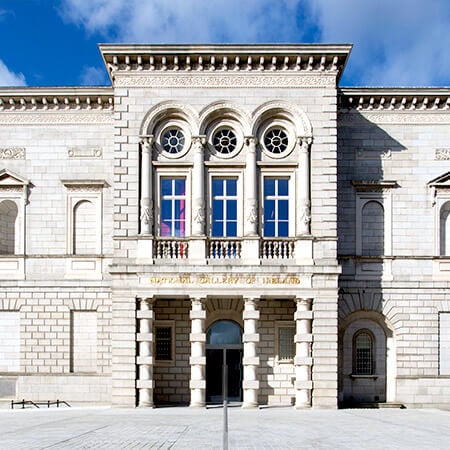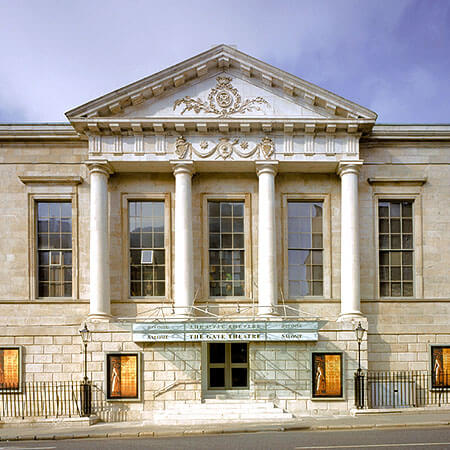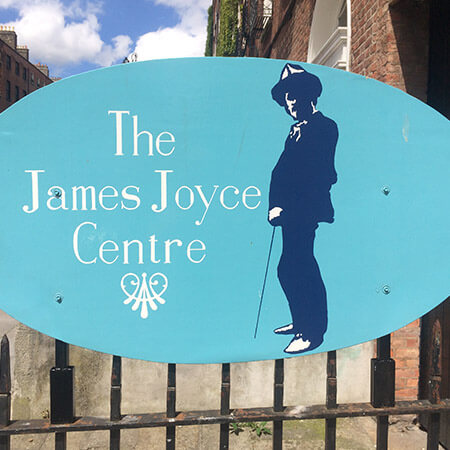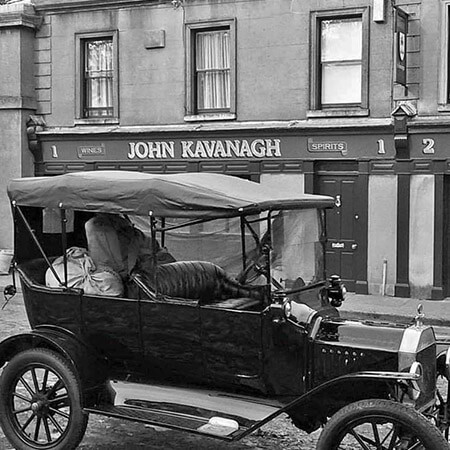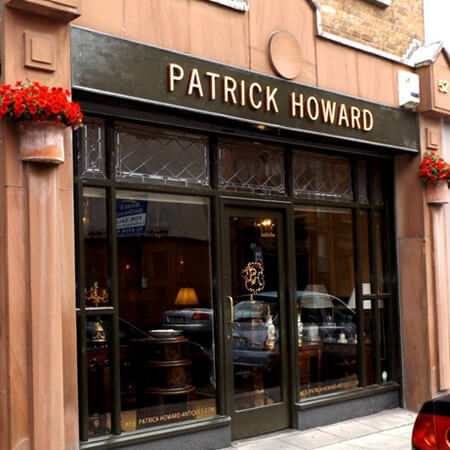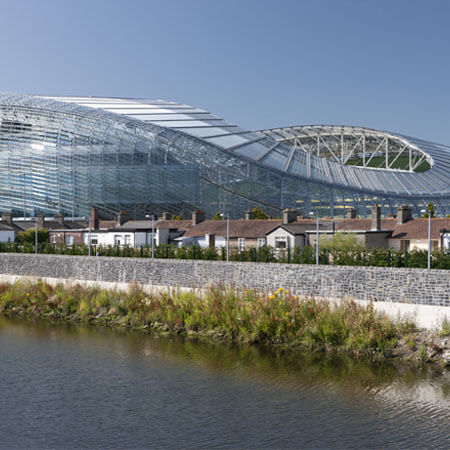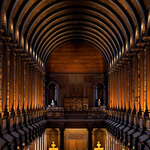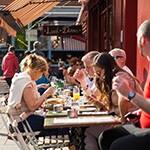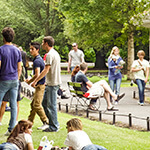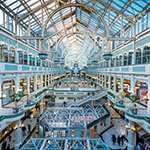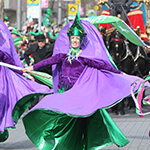
live
Dublin UNESCO City of Literature
Dublin residents are by now familiar with the UNESCO emblem on programmes and posters for the city’s many literary events, but it was only on the 26th of July 2010, that Dublin was designated a City of Literature by the cultural arm of the United Nations. The fourth city to receive such a designation, after Iowa City, Melbourne and Edinburgh, it was a recognition of Dublin’s lively contemporary literary scene built on the strong foundation laid by past masters.
